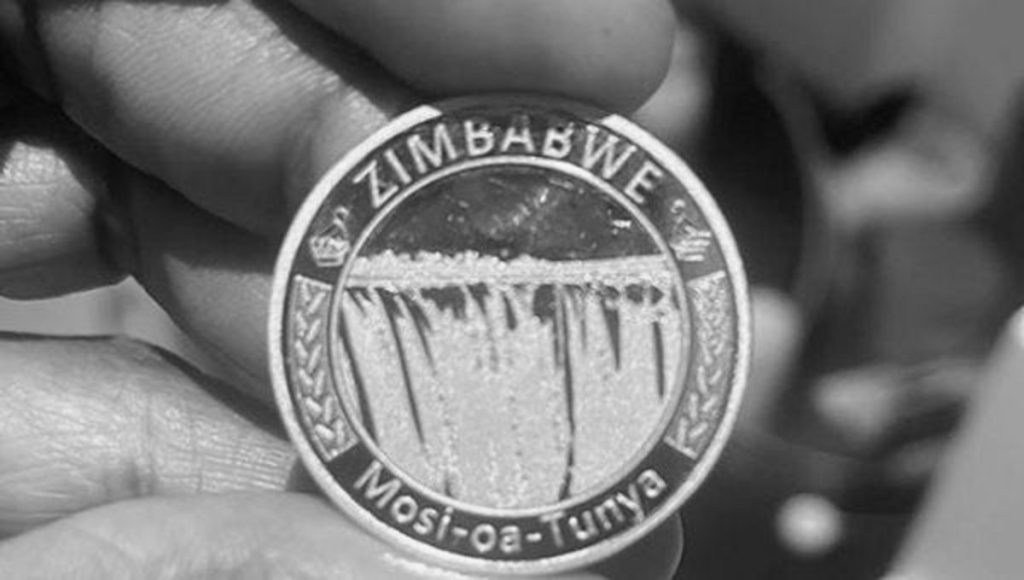Financial instability and hyperinflation lingering for years have made Zimbabwe’s currency reform a major attempt to stabilize its crumbling economy. This is followed by the adoption of foreign currencies and reintroduction of local currency to resolve the internal crisis that has been existing for well over two decades.
Ranging from the birth of Zimbabwe‘s currency reform, including the Zimbabwe Gold (ZiG) currency recently introduced, this article addresses steps that other African economies can emulate from this process.
Table of Contents
Zimbabwe’s Currency Reform Overview
In 2008, Zimbabwe’s currency crisis reached its peak when hyperinflation surged and hit 79.6 billion percent, which led to the abandonment of the Zimbabwean dollar and the beginning of Zimbabwe’s currency reform. Consequently, the government was forced to adopt a multi-currency system in 2009 while using the U.S. dollar which came with short-term relief. Unfortunately, liquidity shortages and the inability to control foreign currencies prompted the government to reintroduce the Zimbabwean dollar (ZWL) in 2019, yet inflation persisted, surging to 737% in 2020. In a bid to defeat inflationary battles, Zimbabwe launched the gold-backed currency named ZiG, in 2023, trusting to regain public trust and stabilize the country’s economy. These attempts haven’t solved the country’s challenges like inflation and public skepticism about whether this new currency will hold value over time, or not.
How Did Zimbabwe Fix its Currency?
Zimbabwe explored several methods to resolve its monetary challenges; this led to the adoption of the U.S. dollar in 2009 which provided immediate relief from hyperinflation but did not tackle underlying economic issues. Similarly, in 2016, the government introduced bond notes pegged to the U.S. dollar; unfortunately, it also quickly lost value due to excessive printing. To restore currency control, backed by a currency auction system to stabilize exchange rates, the Zimbabwean dollar was reintroduced in 2019. In 2023, again, the Reserve Bank of Zimbabwe introduced the Zimbabwe Gold (ZiG) currency, backed by precious metals, basically gold, to reinforce public trust and curb inflation head-on. Unfortunately, structural challenges such as liquidity crises, poor public confidence, and inflation have continually threatened long-term currency stability.
Zimbabwe Gold (ZiG) and Current Challenges
The most recent attempt at the Zimbabwe’s currency reform came with the introduction of the ZiG currency in 2023, serving as a gold-backed local currency that citizens can trust. Inspired by the failure of previous currencies earlier introduced which collapsed due to hyperinflation and excessive printing. The ZiG is projected to be backed by gold reserves in a bid to prevent the overprinting of money and restore value to Zimbabwe’s monetary system.
However, the country continues to face different challenges in making ZiG successful. Firstly, the government and the central bank lack adequate public trust owing to previous monetary failures like the bond notes that quickly lost value. Inflationary pressures still dine and wine in the country, with inflation closing up to 55% in March 2023. The U.S. dollar still, unfortunately so, dominates the economy with about 85% of all transactions conducted in dollars. All of these make it hard for the new currency to gain traction. Another thorn in the flesh of the new currency’s stability is the overall economic environment which includes but is not limited to high unemployment and food insecurity. These also complicate the efforts to maintain stability. The success or failure of the ZiG sits on the strength of the government, depending largely on its ability to implement fiscal discipline and maintain transparency in the management of gold reserves.
Five Key Lessons for Other African Economies
The life we live is a mirror to others, directly or indirectly, they say. The ups and downs of Zimbabwe’s currency are premised on certain thing that every individual and country should learn; these things are highlighted below:
Fiscal Discipline
The major cause of Zimbabwe’s struggle with currency stability is poor fiscal management, particularly, extravagant public spending and accumulation of debt. African countries such as Nigeria, Ghana, and Kenya, can avoid similar issues by maintaining strong fiscal discipline, debt management, and curbing inflation through careful and disciplined monetary policy.
Building Public Trust
Zimbabwe’s challenge with its various currencies arises from the lack of needed public confidence. Trust is fundamental to the success of any currency reform. Countries like Ethiopia and Nigeria should adopt transparency in fiscal policies and clear communication with the public in other to build and maintain confidence in their monetary systems.
Diverse Economic Base Helps Currency Stability
Zimbabwe’s over-reliance on a narrow range of exports made its economy vulnerable to external shocks, affecting the currency. Other African countries, like Angola, heavily reliant on oil, should diversify their economies to reduce such vulnerabilities. A diversified economy creates a more resilient monetary system, shielding it from fluctuations in global commodity prices.
Promoting Local Production
Zimbabwe faced severe foreign exchange shortages due to its high dependence on imports. African economies should focus on boosting local production and reducing reliance on imports to maintain currency stability. Countries like Uganda and Tanzania can strengthen their currencies by promoting local industries and increasing exports.
Adopting Flexible Exchange Rates
Zimbabwe’s rigid exchange rate systems, including pegging bond notes to the U.S. dollar, did not adapt well to economic fluctuations. A flexible exchange rate system, like South Africa’s, could help other African countries better manage external shocks and maintain currency stability during times of crisis.
Final Thoughts
Zimbabwe’s currency reform journey offers valuable lessons for other African economies. While efforts to stabilize the economy through reforms like the ZiG show promise, long-term success will depend on fiscal discipline, public trust, and economic diversification. African nations facing similar challenges must apply these lessons to build more resilient and stable economies.

